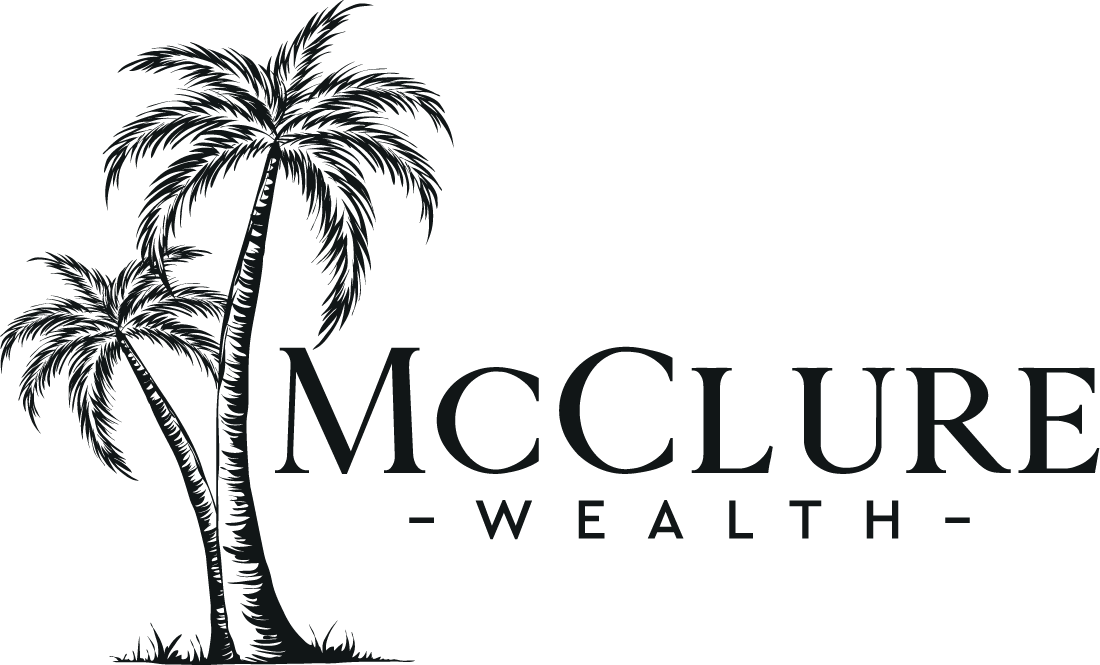By Ed McClure, CFP®, PPC®
If your company offers a 401(k) plan to its employees, you may not realize how many options you have that can benefit your personal retirement as the owner. I often work with companies that have had 401(k) plans in place for years, never realizing how many levers they could pull. In this article, I’m going to review a few of the basic ways that the features of your 401(k) fit into the larger picture.
Design Considerations
There isn’t a “one size fits all” 401(k) plan that is ideal for everyone. There are tradeoffs to keep in mind. Here are the primary factors you need to keep in mind when deciding how to set up a 401(k) plan.
- Total cost (including administration fees and matching)
- Attractiveness to employees
- Ease of administration
- Liability
- Owner income tax deferral
Waiting Period and Open Enrollment Periods
There are two factors that determine how long an employee has to wait before joining your 401(k). The waiting period is the minimum amount of time an employee must be active on payroll before becoming eligible to join the 401(k). The open enrollment period(s) are the windows of opportunity during which someone can sign up. For instance, let’s say your company offers open enrollment in January and July every year. If your waiting period is six months, a new hire who joins the company in March will have to wait until the following January to join the 401(k), because the employee will not have completed the waiting period before July.
The longer a new employee has to wait before joining the 401(k), the lower your costs will be, but the delay may make your company less attractive to a candidate. In addition, long waiting periods will result in lower participation, which may limit the owner’s ability to defer personal income tax. On the other hand, if there isn’t much competition for talent, if a company has a lot of turnover, or if the owner isn’t concerned about personally setting aside money for retirement, we tend to recommend extending the waiting period.
Automatic Enrollment
Automatic enrollment can help boost plan participation, which is beneficial from an employee wellness standpoint. Financial concerns are a major source of stress for employees, which includes concerns about the inability to retire. More often than not, employees delay signing up for 401(k) plans because they don’t get around to filling out the paperwork. If you set up automatic enrollment, employees are not forced onto the plan. They can still opt out, but if they do nothing, they will be added by default at their first eligible enrollment window. Automatic enrollment also helps with testing, which is important for owners who want to maximize their retirement savings.
While we recommend automatic enrollment most of the time, there are occasions when we advise companies not to use it. Ease of administration is a factor. If your company has high turnover or if most employees don’t want to be on the plan, automatic enrollment may just add cost and hassles without much benefit. But we encourage all of our employers to consider this option for the simple fact that it helps employees create a foundation for their retirement.
Matching
Matching is one of the most important factors from an employee’s perspective. Matching gives your employees the strongest incentive to participate in the plan. The extra compensation also provides a foundation for your employees’ long-term future and helps them feel better about their ability to retire. Matching also gives a business owner the ability to put aside much more money for retirement. By giving a little bit of extra compensation to your employees, you may be able to drastically lower your own tax bill (though the specifics depend on your company size and makeup of your workforce). There are different ways to structure matching, which we will cover in the next article.
Allowing 401(k) Loans
We usually recommend allowing a loan provision in 401(k) plans, which allows employees to have access to their money if they really need it. This can allay nervousness about putting money into a 401(k), especially for employees who have never had retirement plans before. Some business owners occasionally need to take loans against their 401(k) for short-term liquidity needs.
The biggest caveat with 401(k) loans: employees need to understand that if they leave the company for any reason with a 401(k) loan outstanding, all the money is due and payable immediately. If they can’t pay the loan back, the unpaid amount will be treated as a distribution, meaning they will have to pay the tax and a 10% penalty unless they can roll the funds into another employer’s 401(k) in time (which they may not be able to do). This needs to be made crystal clear with employees when they sign up for the 401(k).
I’m Here to Help
If your company has a 401(k) or if you’re planning to set one up for next year, your plan features may have more versatility than you realize. I enjoy working with business owners and their employees to get the most out of the company retirement plan, and the process begins with designing the right kind of plan. Give me a call at (760) 607-0611 or email [email protected] to get started.
About Ed
Ed McClure is a CERTIFIED FINANCIAL PLANNER™ practitioner, Professional Plan Consultant® (PPC®), and founder of McClure Wealth Management. With over 25 years of experience, Ed works with business owners who want to maximize their retirement plan benefits, businesses that need help setting up and managing a 401(k) for their employees, and families who want guidance while planning their futures. He is known for simplifying complicated and intimidating topics and making wealth management concepts easy for others to remember and understand.
Ed has established himself as a trusted resource for business owners and individuals, and his mission is to help his clients achieve the financial independence and well-being they deserve so they can give their time and energy to the people and things they love. He has a bachelor’s degree in finance from the University of Illinois. In his spare time, Ed conducts financial workshops for the Just In Time for Foster Youth organization, which helps equip young men and women as they come out of the foster care system. He also loves to travel and spend time with his favorite people. To learn more about Ed, connect with him on LinkedIn.





